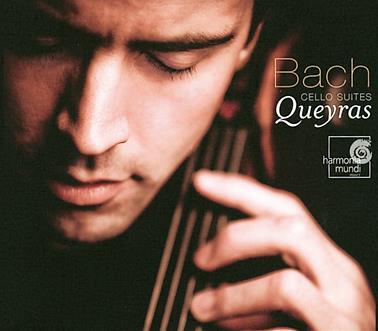
THE STRAD RECOMMENDS
The Strad Issue: January 2008
Musicians: Jean-Guihen Queyras (cello)
Composer: Bach
Lightness and elegance are the keywords in these interpretations by French cellist Jean-Guihen Queyras. Although he has performed the works on a Baroque cello, he favours a modern set-up here for his Gioffredo Cappa instrument of 1696. Plenty of Baroque playing techniques have passed across, though – all the expression comes from the bow, with only the very occasional touch of vibrato. He is creative in his ornamentation, often using decorative runs up to the written notes, rather than just the customary trills and grace notes, and frequently emphasises a note by simultaneous left hand pizzicato, for example in the G major Sarabande.
Queyras talks on the accompanying DVD about Bach’s inventiveness and virtuosity with the bow, and this is certainly something you’re very aware of listening to his interpretation. He takes the courantes fast and furious, with beautifully deft, rapid bow strokes and tightly executed trills and is capable of crafting something beautiful from a rapid descending scale.
The suites were recorded, one each day, in a bare Romanesque church. While I prefer the resonant church acoustic to a dry studio sound for these works, sometimes the reverberance is just a bit too much, and the odd note gets lost at the end of a phrase. Interestingly Queyras decides not to exploit the acoustic by allowing the spread chords to linger – at the end of the C minor Prelude, for instance, the two chords that interrupt the flow are left stark and gruff, and the C major Sarabande, which reaches organ-like sonorities in some cellists’ hands, keeps its dance pace and lighter character, with the repeat almost sketchy in its wispiness. In the preludes, he does not allow the lower open strings to ring out as pedal notes at the bottom of broken chords, such as in the long cross-string passage in the C major Prelude, which he plays with characteristic lightness.
JANET BANKS

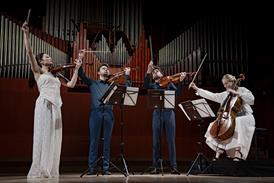
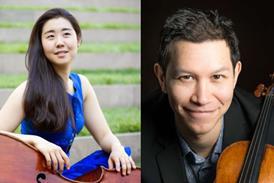
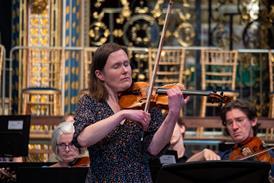
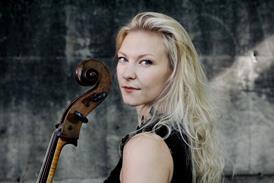
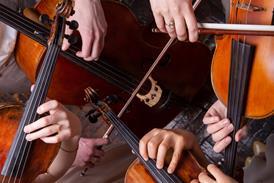



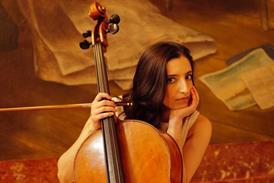
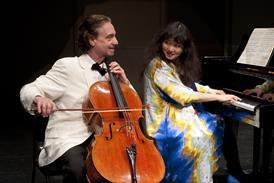

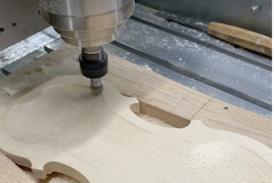
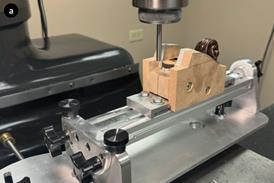
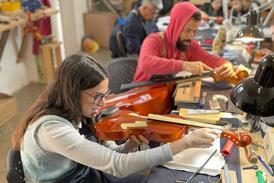
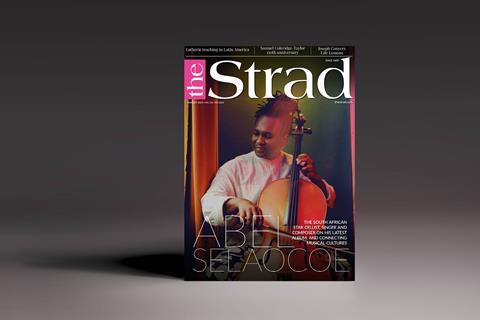



































No comments yet